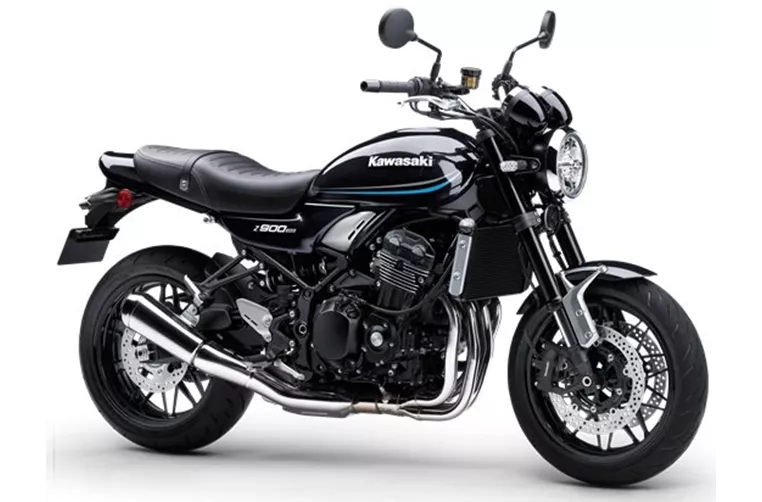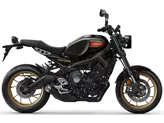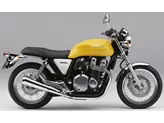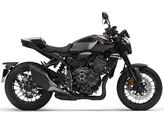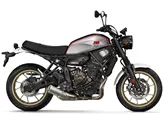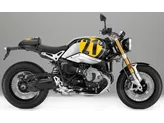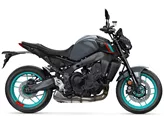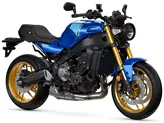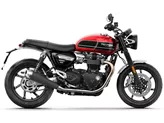Yamaha XSR900 2016 vs. Kawasaki Z900 RS 2022

Yamaha XSR900 2016
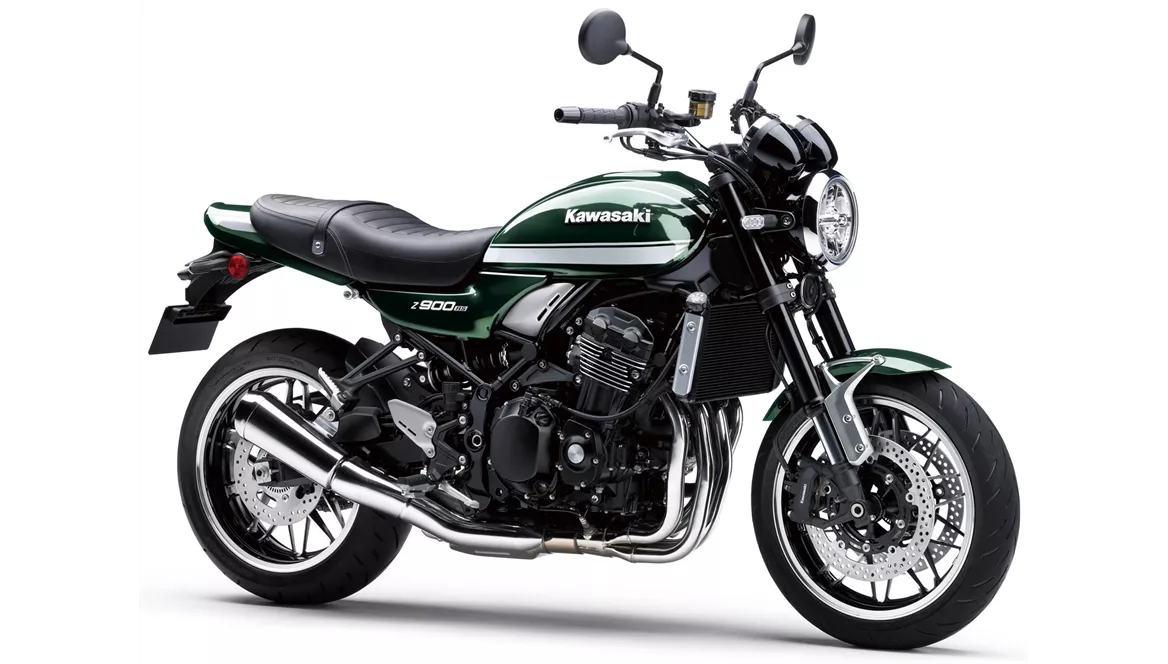
Kawasaki Z900 RS 2022
Vue d’ensemble - Yamaha XSR900 2016 vs Kawasaki Z900 RS 2022
The Yamaha XSR900 2016 and the Kawasaki Z900 RS 2022 are both naked bikes that offer a thrilling riding experience. While they share some similarities in terms of engine type, suspension, and tire dimensions, there are notable differences in their specifications and features.
In terms of engine power, the Yamaha XSR900 2016 has a slight advantage with 115 HP compared to the Kawasaki Z900 RS 2022's 111 HP. However, the Kawasaki Z900 RS 2022 has a higher torque of 98.6 Nm compared to the XSR900's 87.5 Nm. This higher torque can provide better acceleration and overall performance.
The number of cylinders also differs between the two models, with the XSR900 having 3 cylinders and the Z900 RS having 4 cylinders. More cylinders generally result in smoother power delivery and better overall performance.
Both bikes have liquid cooling systems, ensuring optimal engine temperature and performance. The XSR900 has a displacement of 847 ccm, while the Z900 RS has a larger displacement of 948 ccm. This larger displacement can contribute to a more powerful and responsive engine.

Yamaha XSR900 2016
In terms of suspension, both bikes feature upside-down telescopic forks at the front and a swing arm with a monoshock at the rear. This setup provides good stability and handling, allowing for confident cornering and maneuverability.
The chassis construction differs between the two models. The XSR900 has an aluminum frame with a twin tube design, while the Z900 RS features a steel frame with a tubular design. Both frames offer strength and rigidity, but the choice of material may affect the overall weight and handling characteristics of the bikes.
When it comes to braking, both bikes feature double disk brakes at the front with similar diameters (298 mm for the XSR900 and 300 mm for the Z900 RS). This ensures powerful and reliable stopping power. However, the Z900 RS stands out with the addition of traction control, providing an extra layer of safety and control.
In terms of dimensions and weights, the Z900 RS has a slightly longer wheelbase of 1470 mm compared to the XSR900's 1440 mm. This may contribute to better stability at higher speeds. The seat height is also higher on the Z900 RS at 835 mm compared to the XSR900's 815 mm. This may affect the comfort and accessibility for shorter riders.
The weight of the bikes also differs, with the Z900 RS being heavier at 215 kg compared to the XSR900's 191 kg (both weights include ABS). This weight difference may affect the agility and maneuverability of the bikes.
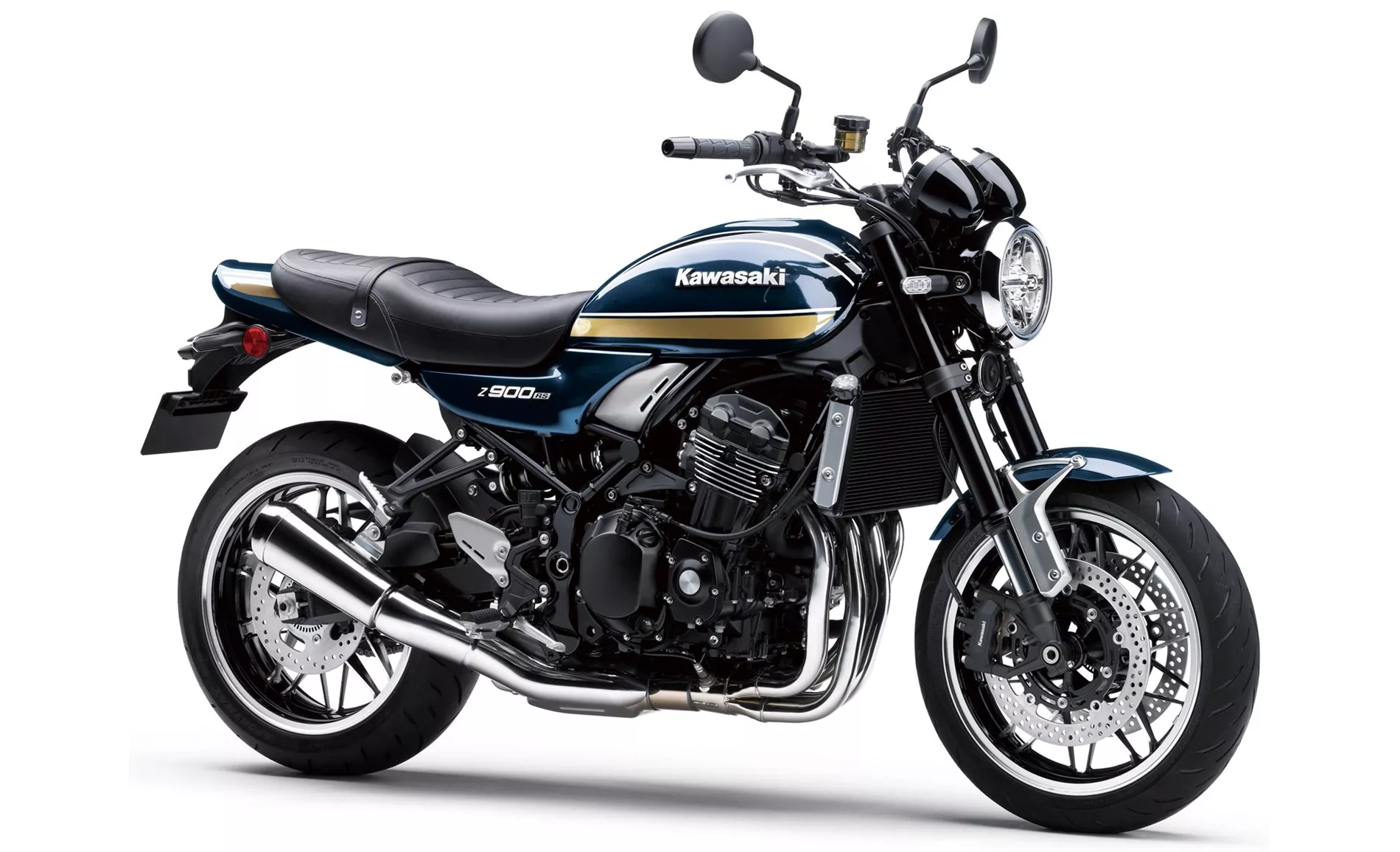
Kawasaki Z900 RS 2022
In terms of fuel tank capacity, the Z900 RS has a larger tank with a capacity of 17 liters, while the XSR900 has a smaller tank with a capacity of 14 liters. This can affect the overall range and frequency of refueling.
In terms of strengths, the XSR900 2016 is praised for its greedy engine, well-tuned riding modes, standard ABS and TC, authentic modern design, and clean workmanship. On the other hand, the Z900 RS 2022 is commended for its beautiful design, powerful engine, stable handling, powerful brakes, comfortable seating position, analogue displays, and adjustable levers.
However, the XSR900 2016 has some weaknesses, including a hard chassis, a seat that could be more comfortable, and a speedblock design that is already present on many other models. On the other hand, the Z900 RS 2022's only notable weakness is the lack of an optional quickshifter.
In conclusion, both the Yamaha XSR900 2016 and the Kawasaki Z900 RS 2022 are impressive naked bikes with their own strengths and weaknesses. The XSR900 offers a greedy engine and well-tuned riding modes, while the Z900 RS boasts a beautiful design, powerful engine, and stable handling. Ultimately, the choice between the two will depend on individual preferences and priorities.
Caractéristiques techniques Yamaha XSR900 2016 par rapport à Kawasaki Z900 RS 2022
Avantages et inconvénients en comparaison
Avantages et inconvénients en comparaison
Yamaha XSR900 2016

La XSR900 allie les performances d'un streetfighter sportif à l'esthétique d'un naked bike rétro aux finitions soignées. Pour ce faire, les Japonais se servent de leur propre histoire, qui se trouve concentrée et sans faille dans les archives de l'agence de design travaillant depuis 60 ans pour Yamaha. Elle reprend les vertus de la MT-09 et a corrigé quelques-unes de ses faiblesses. Elle se conduit de manière plus harmonieuse, plus contrôlée et, si on le souhaite, plus détendue. Seul le confort, et donc le pilote, souffre de la fermeté du châssis sur les mauvaises routes. Il faut être capable de souffrir un tout petit peu avec un néo-classique.
Kawasaki Z900 RS 2022
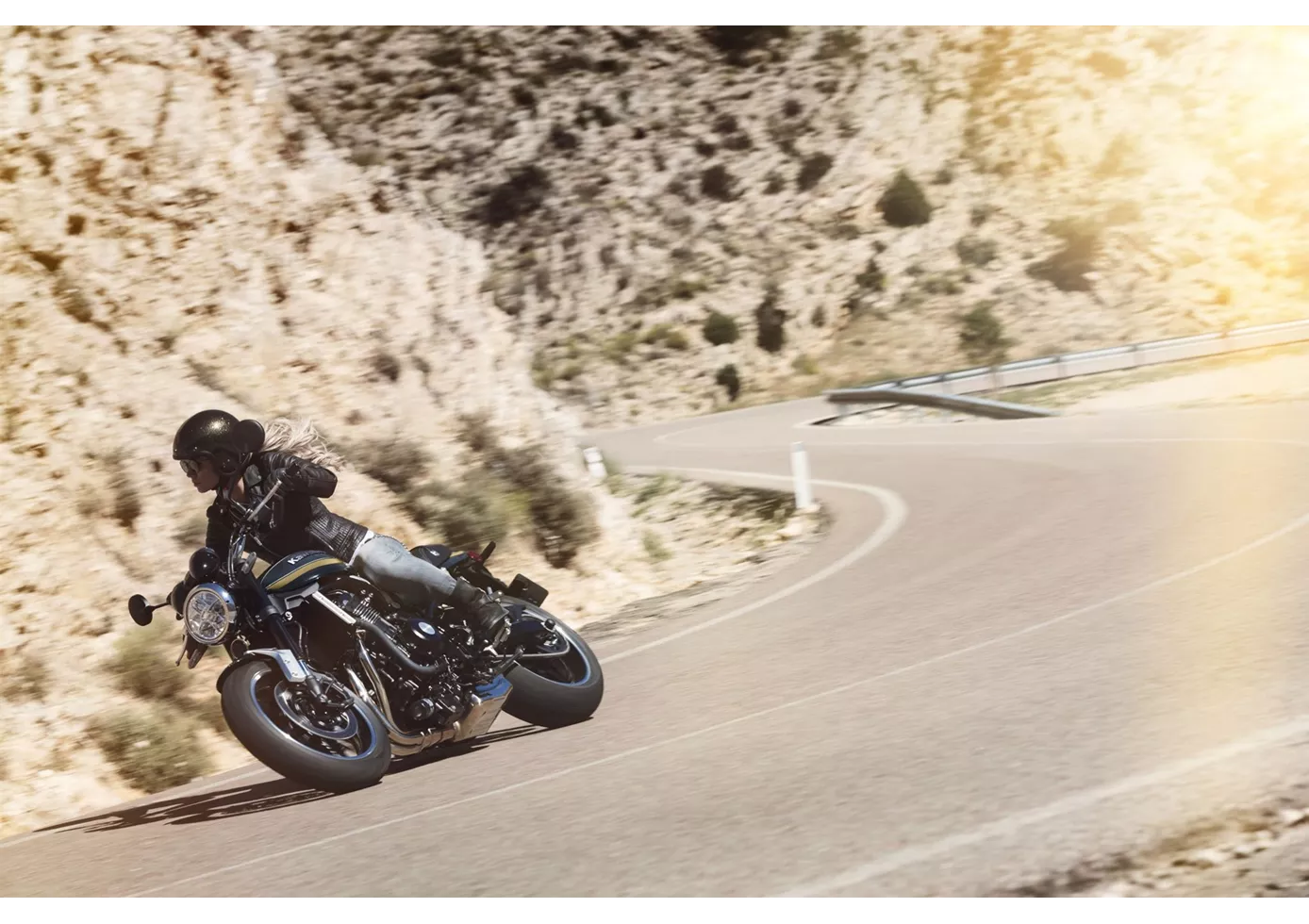
La Z900 RS jouit d'une grande communauté de fans et, dans son millésime 2022, elle prouve une fois de plus pourquoi elle est si populaire. Le moteur puissant marque des points grâce à sa force de traction et à sa sonorité agréable, mais pas trop envahissante. La maniabilité est naturelle et ne pose aucun problème. Seul un Quickshifter conviendrait encore à la moto - même si cela ne correspond pas tout à fait à l'idée de rétro.
Comparaison des prix Prix moyen du marché Yamaha XSR900 vs Kawasaki Z900 RS
There are a few key differences between a Yamaha XSR900 2016 and a Kawasaki Z900 RS 2022. In terms of price, the actual average price of a Kawasaki Z900 RS 2022 is about 77% higher. Compared to Kawasaki Z900 RS 2022 there are less Yamaha XSR900 2016 bikes available on the 1000PS.de Marketplace, specifically 5 compared to 22. It takes less time to sell a Yamaha XSR900 with 77 days compared to 127 days for a Kawasaki Z900 RS. Since model year 2016 1000PS.de editors have written 30 reviews for the Yamaha XSR900 and 26 reviews for the Kawasaki Z900 RS since model year 2018. The first review for the Yamaha XSR900 was published on 11/25/2015 and now has more than 17,600 views. This compares to more than 63,700 views for the first review on Kawasaki Z900 RS published on 9/6/2017.

